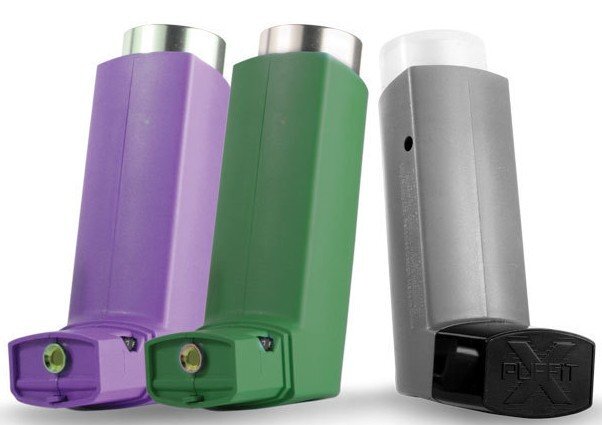Would you recognize the signs of problem gambling in a loved one?
How about in yourself?
What is Gambling?
To risk something of value for the chance of a reward is gambling.
How prevalent is gambling
in the U.S.?
How prevalent is gambling
in New York?
Gambling is readily available in New York State. Here are a few examples:
50/50 RAFFLES. PLAYING CARDS FOR MONEY
BINGO POOL, BASKETBALL, ETC. (Games of skill)
CASINOS PULL TABS
“CRUISES TO NOWHERE” QUICK DRAW
DICE SCRATCH – OFFS
HORSE RACING AT TRACK AND OTB’S SPORTS BETTING (Fantasy Football)
LOTTERY STOCK MARKET
OFFICE POOLS VIDEO LOTTERY TERMINALS/RACINOS
ON-LINE GAMBLING
Edibles are food products infused with marijuana. Smoking is still the most prevalent method, but ingesting marijuana is becoming more common. Marijuana can be infused into almost any food, these are some of the many options:
brownies
butter
chocolate
cookies
cooking oil
gummy bears
lollipops
When ingested, the effects of marijuana take longer to feel because the THC is absorbed into the bloodstream through the liver. As a result, users often think the drug isn’t working and consume more.
The amount of THC, the active ingredient in marijuana, is extremely difficult to measure in edibles and its quantity is often unknown in these food products. Marijuana sends more 12-24 year-olds to the emergency room than any other illicit drug.
How many people experience
problem gambling?
The use of marijuana may have far reaching effects, both mentally and physically.
PHYSICAL EFFECTS:
EVALI - The E-cigarette and Vaping Associated Lung Illness that caused over 2,800 hospitalizations is being followed closely by the Center for Disease Control (CDC). The oils used as the base for the THC liquid contains Vitamin E Acetate (among other chemicals) that clog the tiny pores in the lungs. This causes severe cases of chemical pneumonia or even lung collapse. The CDC and Food and Drug Administration (FDA) recommend that people not use THC-containing e-cigarette, or vaping, products, particularly from informal sources like friends, family, or in-person/online dealers.
Increase in heart rate. Marijuana raises the user’s heart rate for up to 3 hours after smoking. This effect may increase the chance of heart attack.
Problems with Breathing: Marijuana smoke irritates the lungs, and those who smoke marijuana often can have the same breathing problems as those who smoke tobacco, including: daily cough and phlegm, more frequent lung illness, and a higher risk of lung infections.
Severe nausea and vomiting. Consistent, long-term use of marijuana can lead some users to develop Cannabinoid Hyperemesis Syndrome, which causes them to experience regular cycles of severe nausea, vomiting, and dehydration, sometimes requiring emergency medical attention.
MENTAL EFFECTS:
SHORT TERM:
altered sense of time
altered senses (for example, seeing brighter colors)
changes in mood
delusions (when taken in high doses)
difficulty with thinking and problem-solving
hallucinations (when taken in high doses)
impaired body movement
impaired memory
psychosis (risk is highest with regular use of high potency marijuana)
LONG TERM:
Long-term marijuana use has been linked to mental illness in some people, such as:
loss of an average of 8 IQ points between ages 13 and 38 with ongoing marijuana use
mental health problems, such as anxiety, depression, and suicidal thoughts among teens, however, study findings have been mixed.
paranoia
temporary hallucinations
worsening symptoms in patients with schizophrenia
Hidden in Plain Sight
The images below show devices people use to conceal or disguise marijuana use with everyday items.
Talking about Marijuana
To share your concern with someone who is using marijuana:
Before the talk
Know the facts
Be patient and ready to listen
Set a positive example by being marijuana-free
Start the conversation
Find the right moment
Ask for support
Answer their questions
Keep the conversation going
Share facts and resources
Remind them and repeat that not everyone is doing it!
Remember, if someone you know has been using marijuana they may have developed Marijuana Use Disorder
or even be addicted. They will need assistance to quit.
Here are some places to start:
Your doctor or pulmonologist
SAMHSA National Helpline 1-800-662-4357
There are several apps that can help on the journey to quitting. Click here for more details.
Other Resources
Center for Disease Control (CDC) - Information for Parents, Educators, and Health Care Providers
Center for Disease Control (CDC) - Electronic Cigarettes: Get the Facts
Partnership to End Addiction - How to Talk About Marijuana
Partnership to End Addiction - Marijuana
Partnership to End Addiction - Marijuana Talk Toolkit
Today's Parent - How to Talk with Your Kids About Cannabis
For more information or to schedule a training please contact CANDLE’s
Prevention Educator, Jacqueline Sellin at 845-634-6677 ext. 14.












